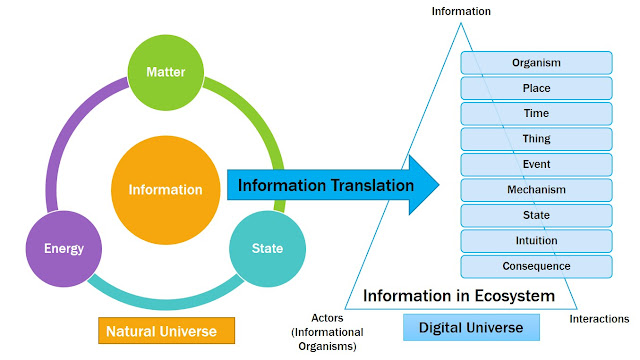Business Agility: Agile Business Transformation, Part 1
Abstract: Enterprise Strategy, Architecture and Project Management are critical when making decisions about the assessment, adoption or de-adoption of emerging technologies for IT-enabled business transformation and agility (e.g. virtualisation, cloud, social media, BPM, mobile). However, the absence of agility and lack of integration between the enterprise strategy, enterprise architecture and project management can lead to slow and inconsistent technology assessment and adoption. The alpha version 2.0 of the integrated Agile Business Transformation framework (see Figure 1), introduced in a three-part article, is an attempt to address this problem and can be used to guide effective technology assessment, adoption and improvement.
Figure 1. Integrated Agile Business Transformation Framework (Copyright Dr. Asif Q. Gill 2012)
Introduction
This framework builds on the well-known agility and CAS (Complex Adaptive Systems) theories, and valuable work done in industry to-date in enterprise strategy, enterprise architecture, and agile project management disciplines. The AESA framework does not replace the existing frameworks. The integrated AESA framework incorporates and extends concepts from the well-known enterprise strategy practices (e.g. Gartner), enterprise architecture (e.g. TOGAF), and modern agile project management principles and frameworks (e.g. Scrum, XP). It also includes themes from emerging technologies (e.g. virtualisation, cloud computing, social Media).
This framework includes the integrated agile enterprise strategy (AES), agile enterprise architecture (AEA) and agile enterprise project management (AEPM) aspects of an organisation pursuing business agility and innovation. Part 1 of this article discusses the agile busines transformatiomn (outer layer) and agile enterprise strategy (AES) aspects of the framework.
Agile Business Transformation
The outer layer of the framework indicates the continuous and iterative (back and forth arrows in Figure 1) transformation of an organisation via iterative technology assessment, adoption and improvement. This includes Context, Assessment, Rationalisation and Realisation processes that have been identified based on the theories of agility (e.g. flexibility, speed, leanness, learning, responsiveness) and CAS (e.g. complex event processing, context-awareness, assessment and adaptation) for agile business transformation.
Context
The Context process is about knowing your business operating environment and determining what is impacting at the organisation level. It refers to the iterative identification of the strategic requirements for IT-enabled business transformation.
Rationalisation
The Rationalisation process is about knowing your business operating environment at the business area or service level. This refers to the iterative business or service requirements analysis in the context of specific technology assessment and adoption.
Assessment
The Assessment process refers to the iterative assessment of the organisation contextual information and service requirements. Assessment is about how the adoption or de-adoption of IT will impact enterprise strategy, architecture and project management.
Realisation
The Realisation process triggers the establishment and updation of enterprise strategy, enterprise architecture and project management for iterative technology adoption and improvement.
Agile Enterprise Strategy (AES)
Agile enterprise strategy is about how the enterprise will be succeed by maximising business value through continuous transformation and innovation of their enterprise architecture. Agile operating model defines strategic high level standardisation and integration requirements or contract that will be realised in the target enterprise architecture in small transitions. Agile roadmap defines a portfolio of projects or work packages that will iteratively realise the target architecture in small transitions. Agile architecture requirements define detailed specifications or contract that will be realised in the target enterprise architecture at a project or domain level.
Conclusion and Contribution
This framework does not claim to replace the existing well-know frameworks (e.g. TOGAF). However, it suggests to integrate enterprise strategy, architecture and project management best practices and framework elements into a practical framework for the enterprise strategy and architecture driven technology assessment and adoption.
I will discuss the agile enterprise architecture aspect of the this framework in Part 2 of this article.




We are keenly awaiting for the second part of this article. Agility has permeated into every domain these days. EA is also not left out and hopefully the seamless synchronization between the principles and patterns of agility and enterprise architecture is to bring in newer and nimbler innovations and improvisations in plenty for the elusive tighter alignment between business and IT www.peterindia.net
ReplyDeleteHi Peter,
DeleteHere is a link to the second part of this article.
http://aqgill.blogspot.com.au/2012/08/business-agility-integrated-agile_17.html
Would like to have your thoughts.
If we get to bother these things and how we can be careful about the circumstances that is the way for how appropriately things can be performed so yeah business agility is how all goes well which is fine enough.
ReplyDelete